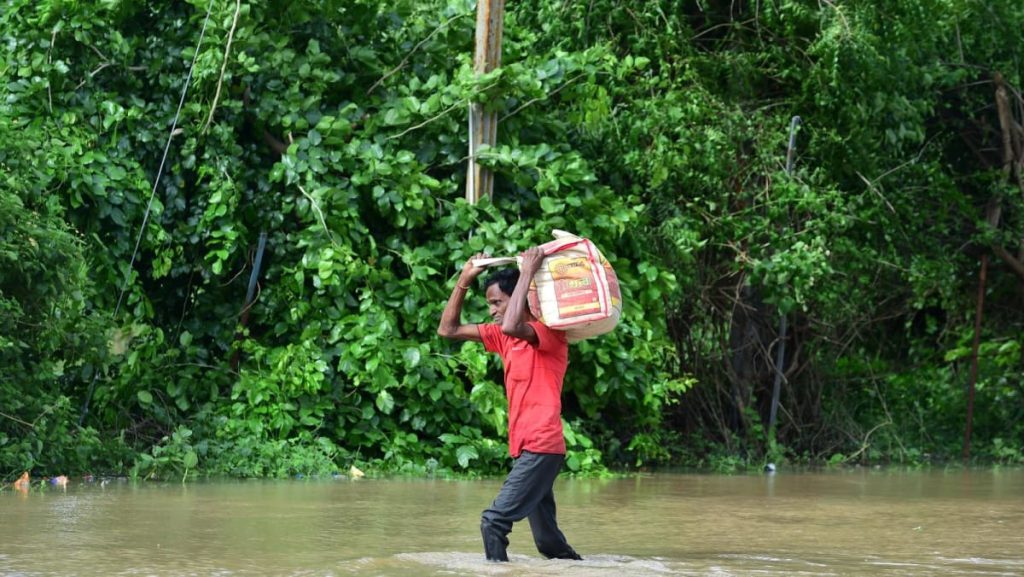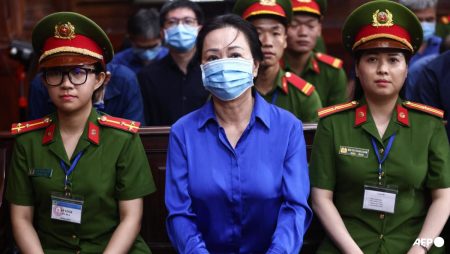Intense monsoon rains and floods have caused devastation in Gujarat, India, with at least 28 people losing their lives in the past three days. The victims died as a result of drowning or being struck by falling trees. The state has been warned to expect more heavy rain on the western coast, leading to rivers bursting their banks and forcing over 30,000 people to flee their homes. The state government confirmed that 13 people drowned, while the others perished due to collapsing structures.
Reports from The Indian Express indicate that 35 people have been killed across the state as a result of the severe weather conditions. Relief efforts have been mobilized, with disaster and army officials rescuing 1,856 individuals who were trapped by the floods. Among the worst affected areas is Vadodara, where widespread damage has been reported. The situation remains dire as the monsoon rains continue to wreak havoc on the region, leaving communities vulnerable to further devastation.
The monsoon season is a crucial time in India, with heavy rains bringing relief to parched regions but also causing widespread destruction and loss of life. In Gujarat, the impact of the monsoon has been severe, with the state struggling to cope with the aftermath of the floods. The government has been working tirelessly to provide aid and assistance to those affected, but the scale of the disaster has overwhelmed local resources.
As the death toll continues to rise and more people are displaced by the floods, the urgency of the situation is escalating. The efforts to rescue those stranded and provide relief to affected communities are ongoing, with emergency services working round the clock to address the needs of the population. The situation is further compounded by the forecast for more heavy rain, posing a continuing threat to the safety and well-being of those living in the affected areas.
The impact of the floods extends beyond the loss of life, with homes destroyed, livelihoods disrupted, and infrastructure damaged. The long-term effects of the disaster will be felt by communities for months, if not years, to come. Rebuilding efforts will be necessary to restore the affected areas and assist those who have been left homeless and vulnerable. The resilience of the people affected by the floods will be tested as they work to recover and rebuild their lives in the wake of the tragedy.
As Gujarat grapples with the aftermath of the devastating floods, the importance of disaster preparedness and response is underscored. The need for effective early warning systems, evacuation plans, and emergency relief measures is evident in the face of such natural disasters. The government and local authorities must work together to strengthen their capacity to respond to emergencies and protect the lives and livelihoods of the population. Only through a coordinated and comprehensive approach can communities be better prepared to withstand the impact of future disasters and recover more swiftly from their effects.













